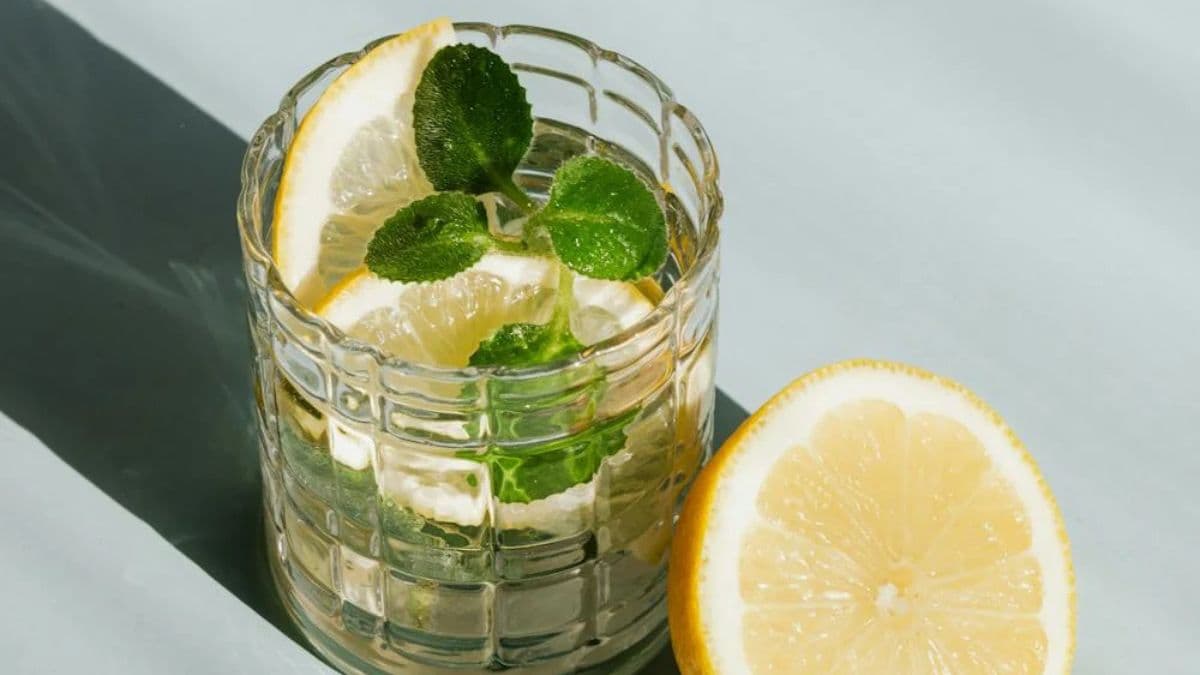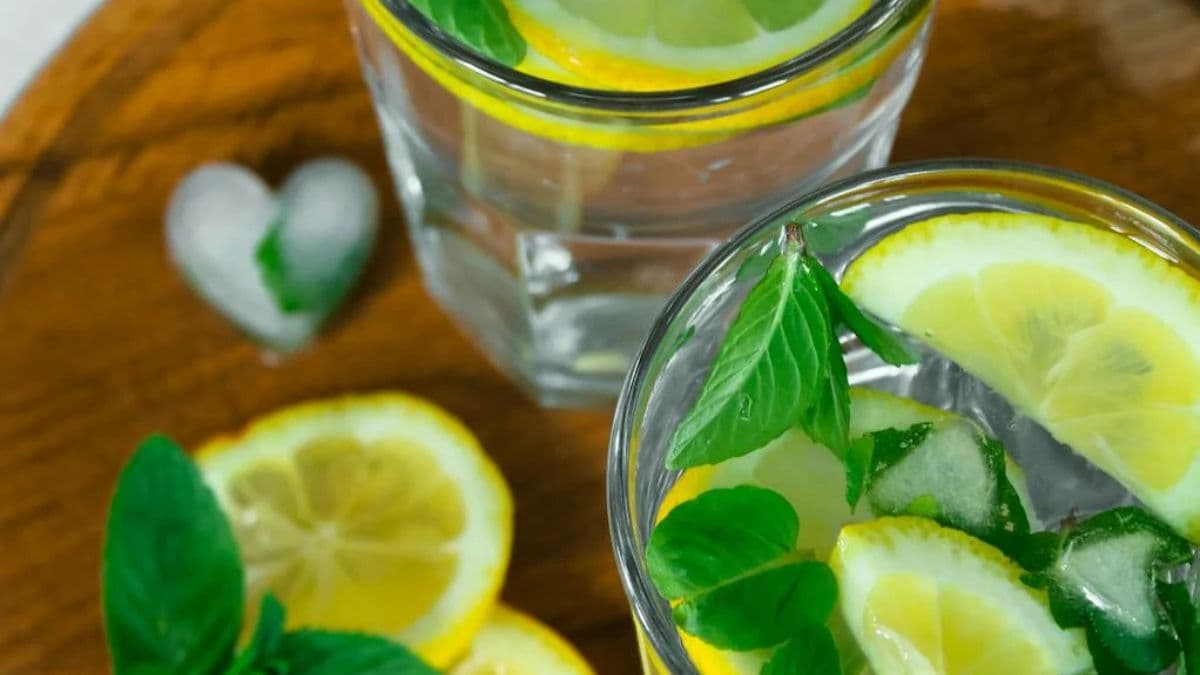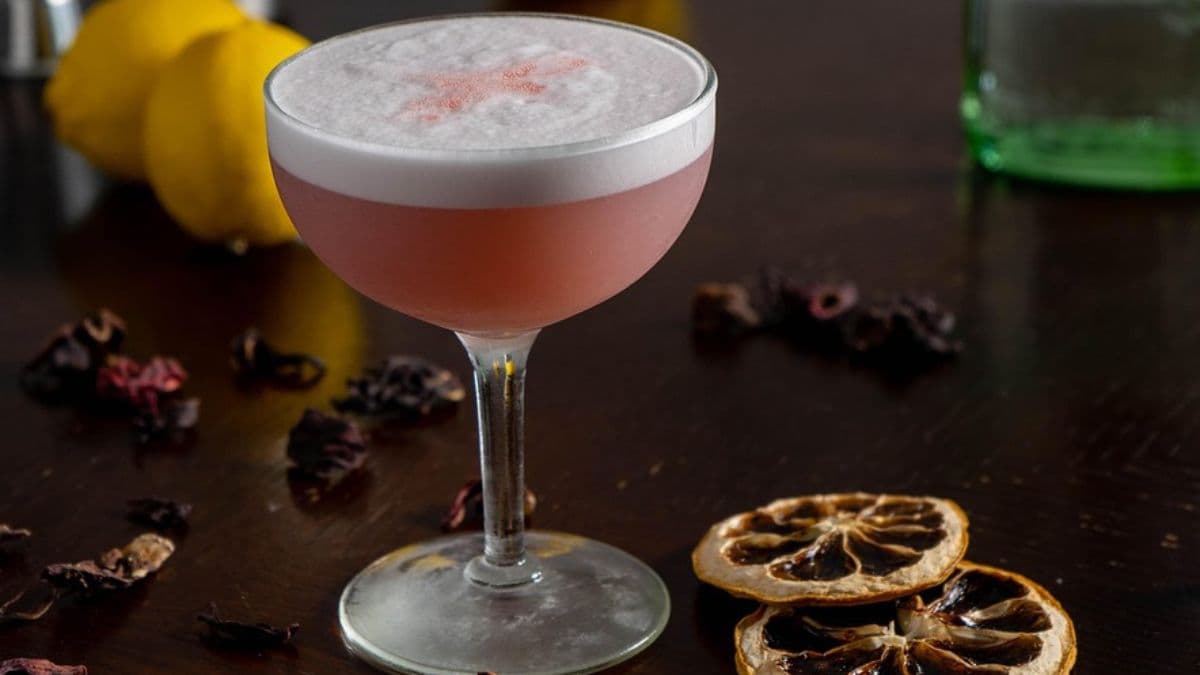Moscow Mule Variations: Classic Vs Modern Mixology Shifts

The moscow mule – a classic cocktail blend brought about by infusing the flavours and textures of frothy ginger beer and acidic lime juice into the clear taste of vodka – is a drink that has experienced enduring popularity in mixology cultures.

Over time, several bartenders and connoisseurs of cocktails have worked towards deconstructing the flavours of the moscow mule to either infuse it with other complementary ingredients or to put little twists on the classic recipe that would bring about a shift in its traditional tasting notes.
These variations of the moscow mule are symbolic of the evolution of mixology cultures that have been involved in experimenting with different ingredients and flavour profiles, ultimately signifying the shifts in approaches towards contemporary bartending.

The Classic Moscow Mule
It is said that the origin of the moscow mule is to be found somewhere in Los Angeles where 30 ml vodka was topped off with 60 ml ginger beer to craft a drink featuring ingredients that were only just starting to become popular in this country. This was a freshly flavoured recipe when it was first blended in the 1940s and served in the iconic copper mug with a mint garnish. The coming together of the sharp and peppery notes of ginger beer with the clear taste of vodka made for an interesting combination that quickly gained the attention of mixology enthusiasts.
The classic moscow mule recipe can be put together by adding 30 ml Ciroc Ultra Premium Vodka or any other premium vodka of choice to a copper mug filled with ice that is then topped off with 60 ml ginger beer and a ginger slice and mint leaf garnish.

Twists To The Mule’s Base Spirit
Variations to the moscow mule came with changes in mixology cultures that experimented with different base spirits that could be introduced into this simple highball. This is what led to the creation of the now well-known Kentucky Mule, a cocktail that is brought together by swapping out the 30 ml vodka for 30 ml quality bourbon. With this, the drink acquired a sweeter yet slightly spicy quality that is characteristic of bourbon. Another twist to the mule’s base spirit came in the form of the mezcal mule which further introduced smokier notes into the blend.
Today, a moscow mule variation can also be crafted by using 30 ml Don Julio Blanco Tequila or any other tequila of choice to give the drink a hint of fruity yet bitter flavours. And another creation from New York City has come in the form of a gin-gin mule known for its herbal, botanical and crisp notes. This one can be crafted using 30 ml Tanqueray No. 10 Gin or any other premium gin of choice and fresh mint that acts as a bright green garnish.

Signature Mule Combinations
Where the moscow mule contests with the classic variation is in the flavour additions and signature combinations that have come up in contemporary cocktail making. For instance, a moscow mule is now often prepared with the addition of lavender and rosemary infused simple syrup for a floral and herbal nuance. Citrus variations and berries also have a role to play in introducing the mule recipe with acidic and tangier flavour compositions.
Interestingly, the garden mule or the tropical mule and even the spa mule are different takes on the classic mule recipe which infuse flavours of cucumbers, mint, pineapples, coconuts and basil into the cocktail blend. This brings a touch of elegance to the otherwise straightforward recipe. With the addition of aesthetic flairs in the form of a splash of green tea or coconut flakes, the moscow mule unexpectedly becomes a graceful and sophisticated mix nonetheless complete with the sharp flavours of ginger beer which are versatile enough to accommodate these diverse cocktail ingredients.
 Drink Responsibly. This communication is for audiences above the age of 25.
Drink Responsibly. This communication is for audiences above the age of 25.



